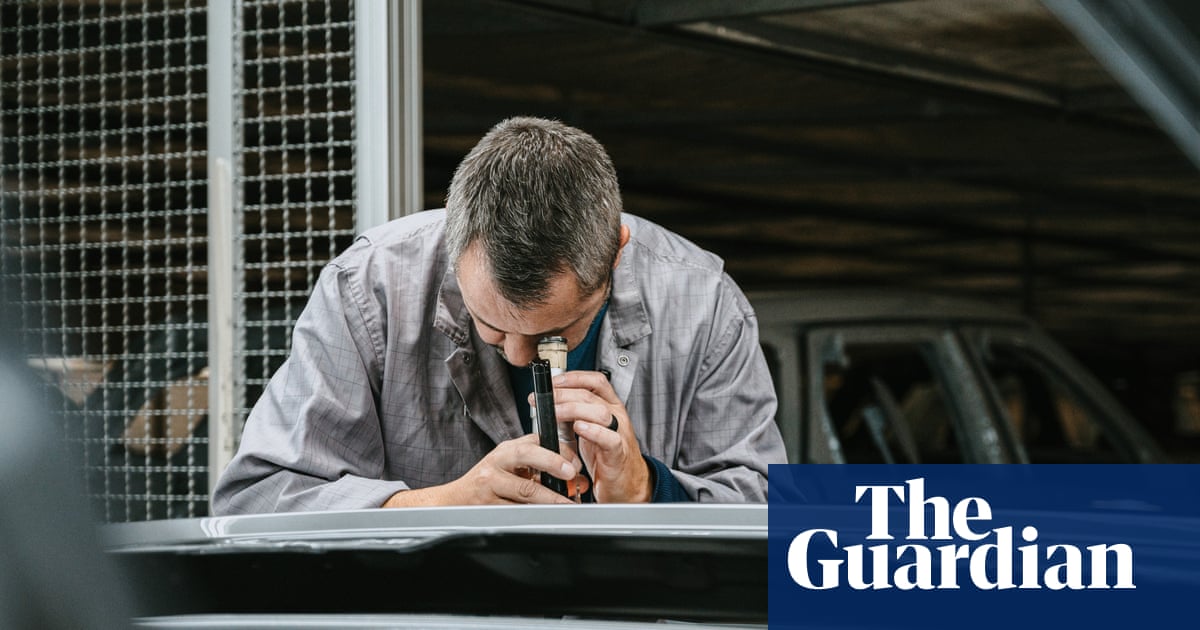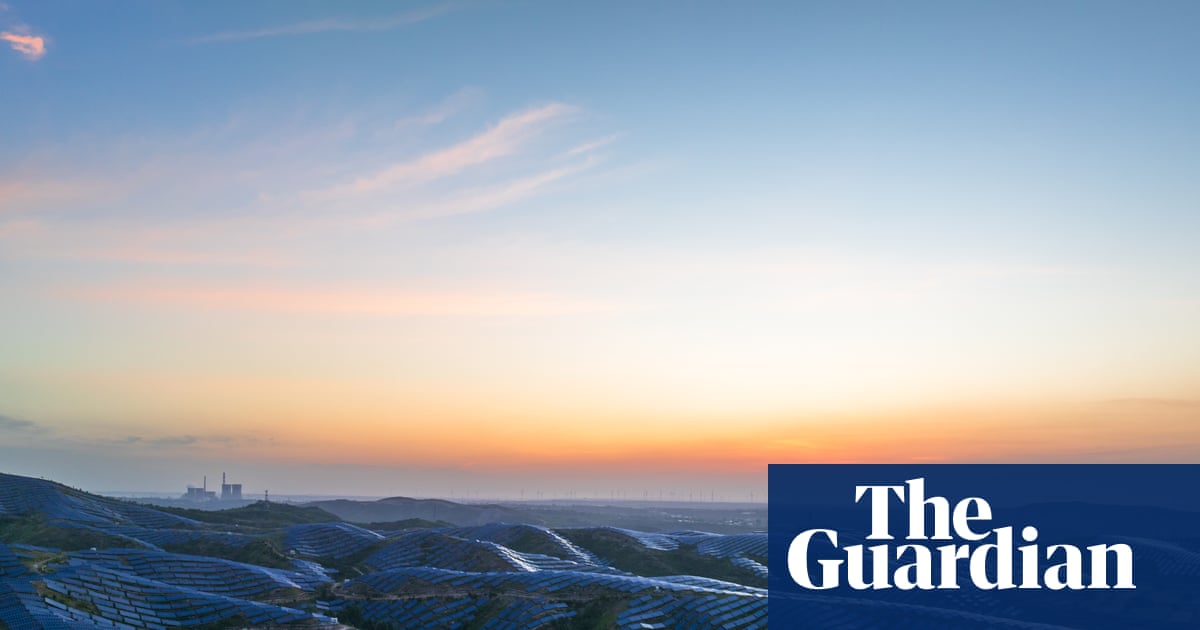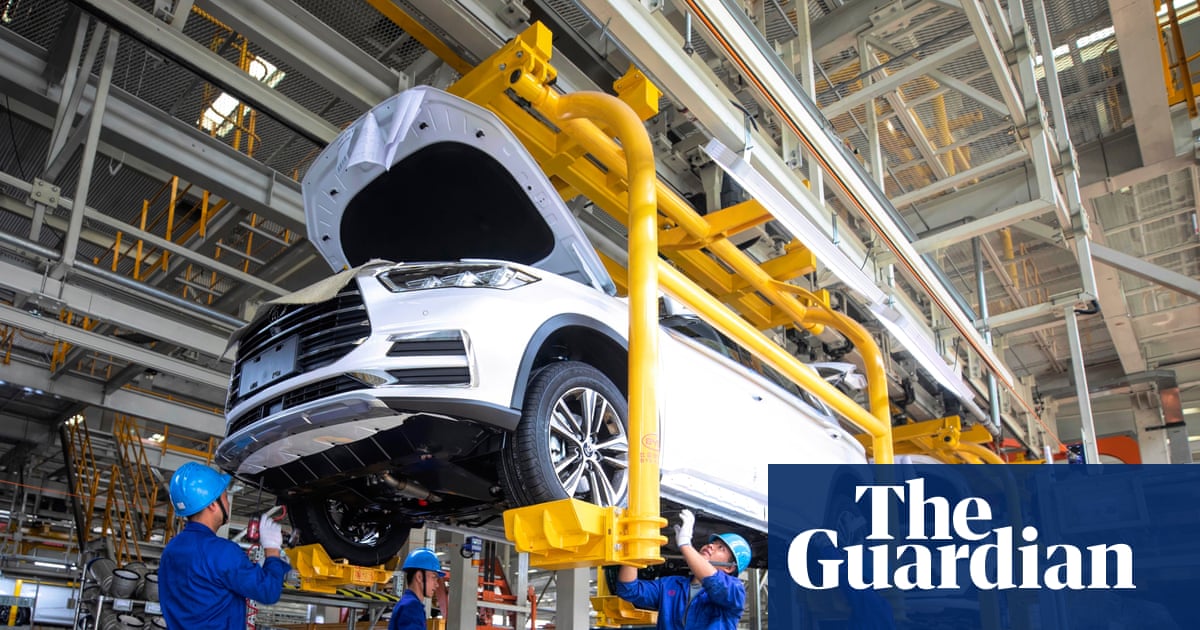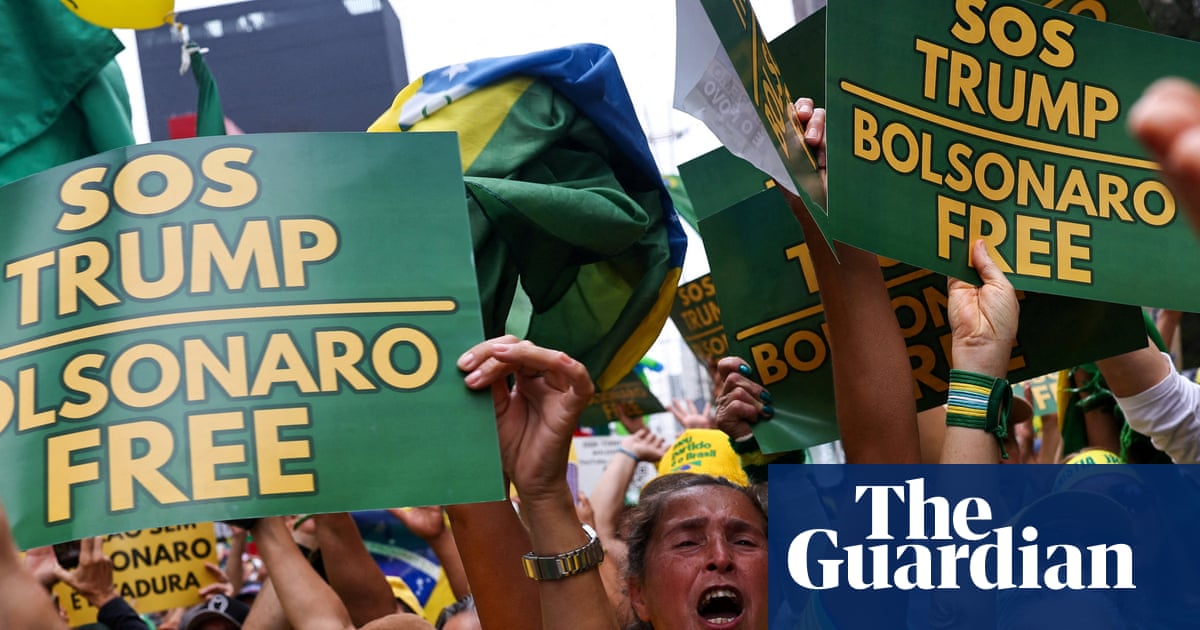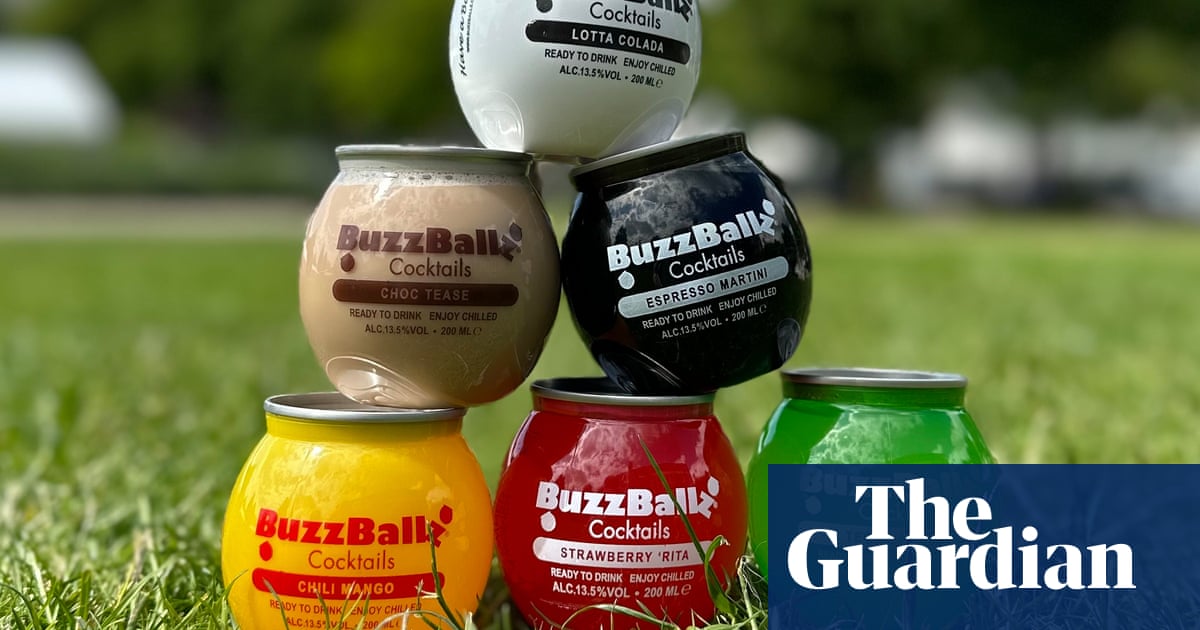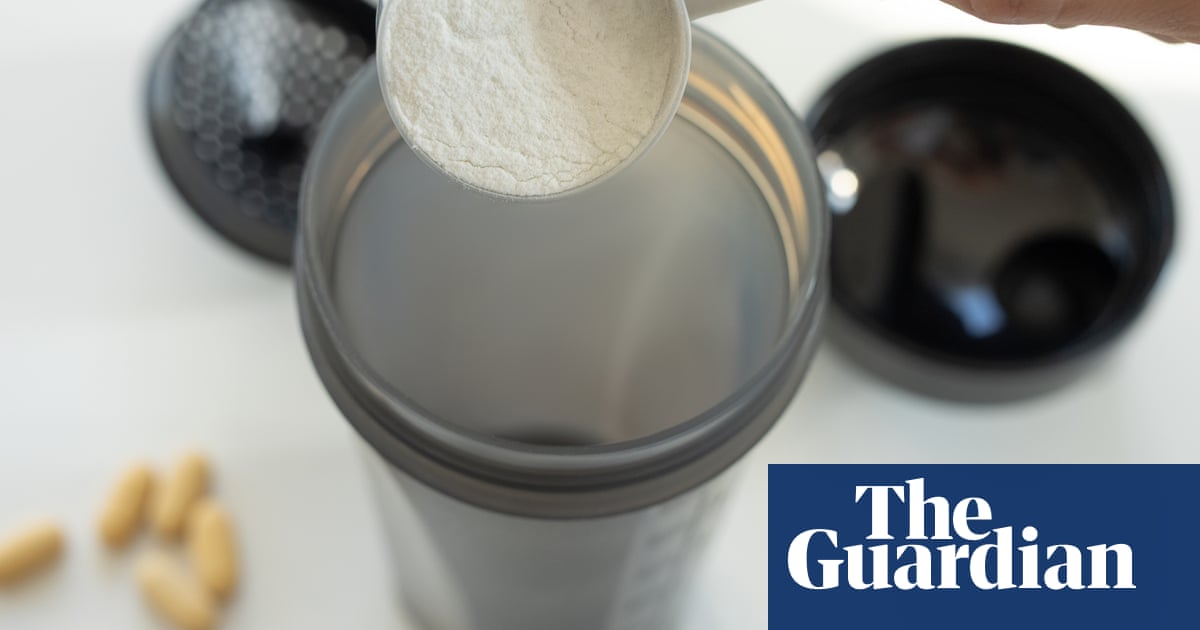The coastal city of Freeport, Texas is a dense tangle of metal pipes, tanks and towers. Located 60 miles south of Houston, it’s home to a sprawling petrochemical complex – one of the largest and most polluting in the US.
Among its facilities is a plant dedicated to the production of ammonia, a colourless compound of nitrogen and hydrogen and a key ingredient in fertilisers widely used on industrial arable farms – including on fields of barley, wheat and maize across Europe.
Chemicals giants Yara and BASF opened the factory to great fanfare in 2018, promising “cost-efficient” and “sustainable” ammonia production. Unlike conventional plants, which use hydrogen made from natural gas, this factory would employ a hydrogen “byproduct” from a nearby Dow plant producing components for plastic, they said, helping to tackle the fertiliser industry’s sizeable carbon footprint.
But an investigation by DeSmog, Data Desk and the Guardian reveals that despite these green promises, the Yara Freeport plant is relying on hydrogen made from US shale gas – one of the most environmentally and socially damaging fossil fuels – to manufacture its ammonia in Texas.
Analysis of pipeline and permit documents traces the source of this gas hundreds of miles west of Freeport to the Permian Basin – the second largest gas-producing region in the US.
Experts said Yara and BASF’s claim the production process was gas-free was “not true at all”. While the recycling of hydrogen results in energy savings overall, the fuel has to be replaced with fossil gas, meaning that Yara Freeport indirectly drives demand for gas.
Despite these links to fracked gas and uncertain carbon savings, the investigation shows this ammonia is being shipped to fertiliser factories in Europe.
Yara – which remains Europe’s largest industrial buyer of natural gas and is globally responsible for emissions equivalent to 16 coal-fired power plants each year – claims it is “committed to reducing emissions” and “mitigating climate change”.
Yet shale gas extraction through fracking releases large volumes of the potent greenhouse gas methane and multiple toxic chemicals and pollutants into the air and water.
Ammonia production’s gas demand is expected to triple in the next decades, driven by a booming fertiliser trade currently estimated at about $200bn. The use and production of fertiliser is already a major contributor to climate breakdown, creating more emissions than aviation and shipping combined.
Efforts to tackle fertiliser emissions in Europe appear to have stalled since an ambitious reductions pledge was announced in 2021.
“European countries and companies claim to be feeding the world with ‘clean’ fertilisers and fuelling the future with ‘clean’ energy,” says Taylor Hodge, an agrochemicals campaigner from the Washington-based group the Center for International Environmental Law. “In reality, they’re offshoring the pollution, costs, and risks to communities in the US Gulf south.”
Yara’s plant in Freeport is the company’s first investment on US soil. The Norwegian chemicals giant – Europe’s largest fertiliser producer – said in its joint launch press release with the German multinational BASF that its use of hydrogen byproduct would reduce the environmental impact of 750,000 tonnes of ammonia production a year.
Pipeline maps and permit documents show the hydrogen supplying Yara’s plant can be traced back to fracked gas stored at Mont Belvieu, a vast salt dome containing dozens of caverns filled with natural gas liquids from several shale gas basins including the Permian.
From Mont Belvieu, the fracked gas is piped 90 miles south to Dow’s ethylene plant in Freeport, just metres from the ammonia plant, where an intensive steam cracking process produces both ethylene and hydrogen.
Yara claims the Freeport plant’s use of byproduct hydrogen reduces emissions from chemical production by 25%, but experts say that while such savings are possible, they do not go far enough.
“Just because it’s a byproduct doesn’t mean it’s clean,” says Paul Martin, a chemical engineer with Spitfire Research, a Toronto-based consultancy specialising in industry decarbonisation.
While Yara can claim it is using a more “sustainable” byproduct, Dow’s plant has to use more fracked gas to fuel its furnace to replace the lost heat energy it would otherwise have generated from burning its hydrogen in-house.
According to Martin, this would amount to about 1.1m kg of natural gas a year being fed to the cracker furnaces to replace the lost heat energy from hydrogen. He therefore says that while the use of byproduct hydrogen is more efficient overall, reducing the amount of fossil fuels required to produce Yara’s ammonia, it is “not true at all” to say the ammonia production is gas-free, since it is also driving up Dow’s use of natural gas.
after newsletter promotion
Yara’s use of fracked gas makes a mockery of Yara’s “green” expansion in Europe and undermines its attempts at “sustainable” US production, according to Hodge.
“The Freeport facility is making ammonia out of hydrogen derived from fossil gas – plain and simple,” she says. “The flow of feedstocks from plastic production and other petrochemical operations makes it clear how deeply these dirty industries are intertwined. Yara’s claims mislead the public about their climate- and community-harming emissions.”
Yara recently closed two of its largest European ammonia plants, in France and Belgium. Despite this, the company maintains that “a strong European fertiliser industry is crucial not only for ensuring food security in Europe and globally but also for enabling Europe to lead the green transition” and has highlighted recent investments in “green ammonia” created using renewable energy at plants in Norway and the Netherlands.
Yara has communicated little about how its European facilities are using ammonia imported from its US plant, but DeSmog and Data Desk were able to trace ammonia shipped across the Atlantic Ocean from Yara’s Freeport facility to a number of key European fertiliser plants.
Analysis of customs and shipping data reveals that about a quarter of Yara Freeport ammonia is exported outside of the US, with more than 90% of this shipped to Europe to be made into fertiliser.
These fertilisers – used for everything from wheat to potatoes – are shipped onwards to Asian and European markets.
In 2023, Ireland received about 14% of all its fertiliser imports from the facilities, while the UK received about 8% and Spain almost 6%.
The investigation “exposes the bitter truth” of the industry, according to Raj Patel, a research professor at the University of Texas in Austin and panel expert at the IPES-Food coalition, who said a focus on green hydrogen fertiliser technology did not address underlying issues around fertiliser use, and called for policies that instead targeted reduction.
“They don’t touch the root problem – the overuse, pollution and potent greenhouse gas emissions happening on farms,” he said. “We’re applying 21st-century technology to preserve 20th-century farming problems.”
“While fertiliser giant Yara markets ‘green solutions’, it’s actually pioneering new frontiers for fracking and fossil fuels. Our food system is becoming Big Oil’s emergency escape hatch.”
A Yara spokesperson said: “Yara is a leader in the transition to lower-carbon fertilisers and low-emission ammonia. Profitable decarbonisation is a top strategic priority, and since 2005, we have reduced our greenhouse gas emissions by about 45%. Ammonia produced at Yara’s Freeport plant has always relied on hydrogen derived from natural gas, supplied by third parties. Still, the configuration of the plant makes it both one of the lowest emitters of pollutants and one of the lowest carbon intensity plants in the US.”
BASF and Dow did not respond to requests for comment.
-
This article was supported by a grant from Journalismfund.eu

 3 months ago
85
3 months ago
85
